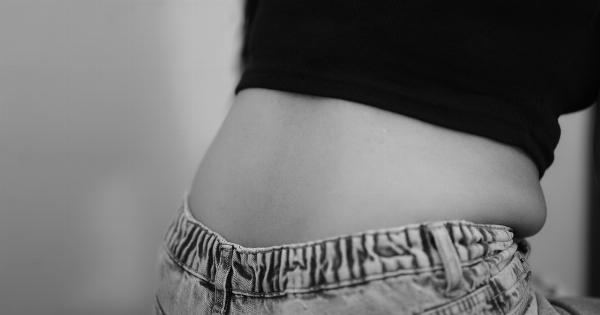Urinary incontinence is a medical condition where a person is unable to control urine flow. The condition can be embarrassing and affect one’s quality of life.
Fortunately, there are various ways to manage the condition, one of which is through the use of a Mirovalve Catheter Automatic Valve.
What is the Mirovalve Catheter Automatic Valve?
The Mirovalve Catheter Automatic Valve is a medical device designed to help people with urinary incontinence. It is a one-way valve that is attached to a catheter that is inserted into the bladder.
The valve is designed to prevent urine from flowing out of the bladder unless the person is ready to urinate.
How does the Mirovalve Catheter Automatic Valve Work?
The Mirovalve Catheter Automatic Valve works by creating a vacuum seal in the bladder. When the bladder is empty, the valve remains closed, preventing urine from flowing out.
However, when the bladder is full and the person is ready to urinate, the valve opens automatically, allowing the urine to flow out.
The device requires no external apparatus or manual manipulation, making it easy for people to use. The device is also durable and long-lasting, making it a good investment for people with urinary incontinence.
Advantages of Using a Mirovalve Catheter Automatic Valve
Using a Mirovalve Catheter Automatic Valve has several advantages, including:.
- Improved quality of life
- Enhanced mobility and independence
- Reduced risk of skin irritation and infection
- Reduced number of catheterizations needed per day
- Reduced number of catheter-related complications
Who Can Benefit from Using a Mirovalve Catheter Automatic Valve?
The Mirovalve Catheter Automatic Valve is suitable for people with urinary incontinence due to various causes, including:.
- Neurogenic bladder
- Spinal cord injury
- Multiple sclerosis
- Parkinson’s disease
- Prostate cancer
The device is also suitable for people who have had bladder surgery or have a history of recurrent urinary tract infections.
How to Use a Mirovalve Catheter Automatic Valve
Using a Mirovalve Catheter Automatic Valve is easy and straightforward. The following are the steps involved:.
- Wash your hands thoroughly with soap and water.
- Clean the catheter insertion area with an antiseptic solution.
- Insert the catheter into the bladder following the instructions provided by your healthcare provider.
- Attach the Mirovalve Catheter Automatic Valve to the catheter. The valve should be in the closed position.
- When you are ready to urinate, press down on the valve to release the urine.
- Close the valve after you have finished urinating.
- Clean the catheter insertion area and the valve with an antiseptic solution.
It is important to follow the instructions provided by your healthcare provider when using the device.
Conclusion
The Mirovalve Catheter Automatic Valve is a medical device that can help people with urinary incontinence to manage their condition. It is easy to use, durable, and has several advantages over other urinary incontinence management methods.
If you have urinary incontinence, talk to your healthcare provider about whether the Mirovalve Catheter Automatic Valve is right for you.





























